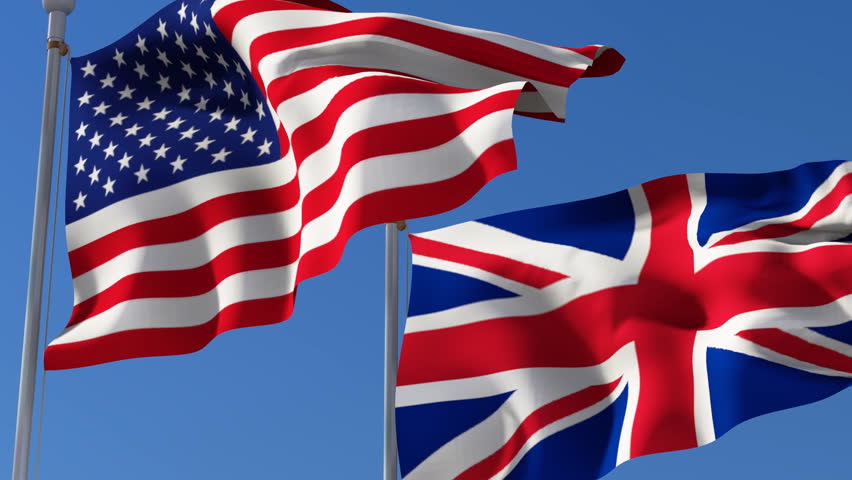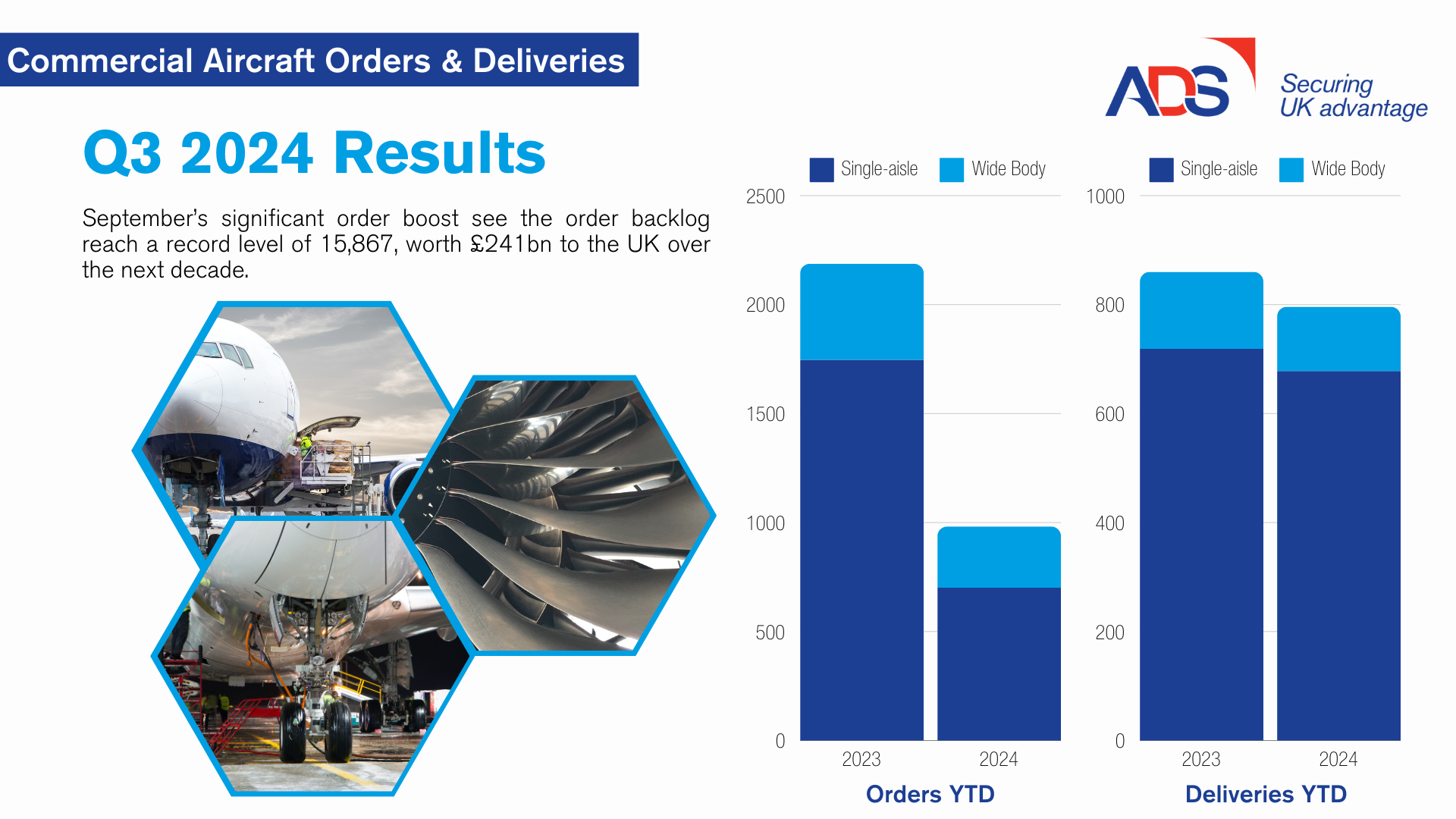Yesterday saw the final ever flight of Vulcan XH558 – ‘The Spirit of Great Britain’. After a huge public fundraising effort some 10 years ago, XH558 took the skies again in 2007 and preceded to wow the public up and down the UK with its iconic shape and sound, for over 7 years.
The Vulcan represents the best of British design, engineering and ingenuity. It was conceived in the early Cold War period in order to carry the UK’s Nuclear Deterrent. At that time, the brief was for a fast, agile, bomber which could operate at both high and low level. The Vulcan’s delta shaped wings made it look instantly iconic, and the sound of 4 Rolls-Royce Olympus jet engines made it sound instantly iconic (as such, the ‘Vulcan Howl’ was born).
The first prototype (then the VX770) flew in 1952, and its first public appearance was at the Farnborough Airshow. This footage from 1952 shows the prototype Vulcan in a series of low level flybysover the airfield (the Vulcan appears at 3:00 mins):
Whilst some have may questioned the benefit of raising funds and preserving a Cold-war era bomber aircraft which costs £19,000 an hour to run, the draw of the Vulcan is two fold. It re-kindles the love of aviation to the older generation which grew up in the era where the UK was the ‘plane factory of the world’ in the 50s and 60s, but it also inspires the next generation who stand in awe of the sheer sight of a 93-tonne delta-wing bomber dancing through the sky, with the agility of a fighter aircraft.
With the need for Aerospace to compete with other professions and industries, by getting more young people to study STEM subjects at an early age, witnessing the Vulcan, and then learning about how it works, are critical pieces of the skills puzzle. The level of support from the British public to keep the aircraft flying, and the plans for its retirement shows what an aircraft can mean to people, and why it was named the ‘Spirit of Great Britain’. XH558 will be stationed as part of a visitor centre at Doncaster Robin Hood Airport, offering the chance for people to learn more about the Vulcan itself, and how to get into aviation and Aerospace.
Whilst we will never see the Vulcan fly again, we can still enjoy looking back at its displays – such as its final appearance at Farnborough Airshow last year – 63 years after its predecessor first appeared to the UK public over the very same sky…





